Global telecommunication company Bharti Airtel launches several new offerings to fortify its enterprise business. The company has announced two strategic alliances to bring new-age cybersecurity solutions and has unveiled a Security Intelligence Center (SIC) to enhance enterprise network monitoring capabilities.
All the new offerings are introduced under the umbrella of Airtel Secure.
The Telco has reportedly spent about Rs. 100 crores for the launch of the new SIC. Situated in the National Capital Region, the center will provide remote network monitoring and tracking services through artificial intelligence and machine learning tools to mitigate potential threats.
Airtel has also signed strategic pacts with Cisco and Radware to develop enterprise customers’ security solutions and capabilities. With its collaboration with Cisco, a networking giant, Airtel will offer innovative monitoring, analysis, and investigation of malicious code services to its customers. It will also develop new cybersecurity solutions for businesses to secure networks, endpoints, applications, and the cloud.
Another strategic deal involves Radware, a leading provider of cybersecurity, and application delivery solutions. Through this partnership, the company has been able to set-up India’s first global scrubbing center. This will ensure that all cyber threats to data and information are attacked and eliminated at the country’s source. Airtel’s Nxtra Data will host this advanced facility in Chennai.
The company informed that it has already signed Flipkart, Havell’s, Fidelity India, R-Systems, among others as its customers for the service.
“At Airtel, we constantly ask our customers what more can we do to help them in their digital transformation journeys. Through these conversations, we have heard that cybersecurity is a critical requirement. Airtel Secure has been built to serve this need. It combines Airtel’s robust network security with cutting-edge solutions delivered through global partnerships to deliver end-to-end managed security services,” said Gopal Vittal, MD & CEO (India and South Asia), Bharti Airtel.
Need for proactive cybersecurity solutions gain currency
The cybersecurity market is developing at a fast rate. According to a recent report by Nasscom-DSCI, the Indian cybersecurity services industry is expected to grow at a compound annual growth rate (CAGR) of about 21 percent to touch USD 13.6 billion by 2025.
The opportunity has been further grown because of the pandemic induced remote work scenario. There has been a massive upsurge in bandwidth consumption from various home networks, which may not be as secure as office networks. This new normal creates an enormous scope for threat actors to hack systems and negatively impacts job performance and employee productivity.
Enterprises face mounting pressure to address the rising security threats and need proactive solutions and support to track their network. In a bid to increase their security solutions canvas, most Indian telcos are collaborating with IT majors to establish digital trust and provide a robust connectivity experience to their customers.
Early this year, Vodafone Idea’s enterprise arm, Vodafone Idea Business Services (VIBS), also entered into a partnership with IBM to establish a data security device management solution for enterprises.
Mukesh Ambani-owned Jio is also concentrating on catering to small and medium businesses’ information security needs and has big plans lined up for the next year.
Among all telcos, Airtel is leading the B2B connectivity space and serves over 2500 large and one million-plus SMEs and startups with its integrated product portfolio that includes data centers, cloud, security, and collaboration.



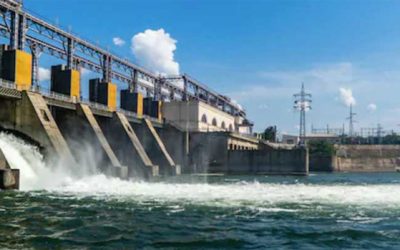

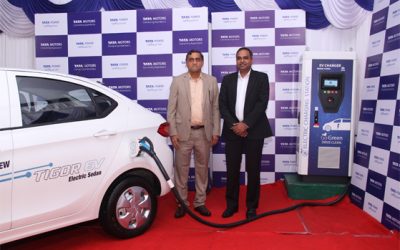

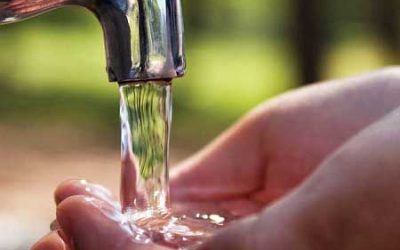

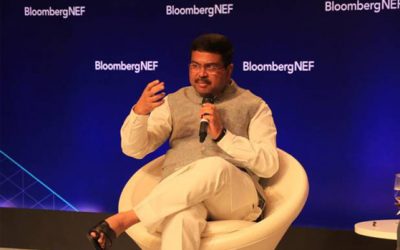

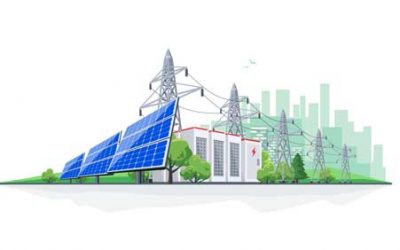

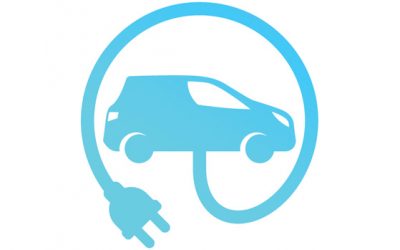

0 Comments